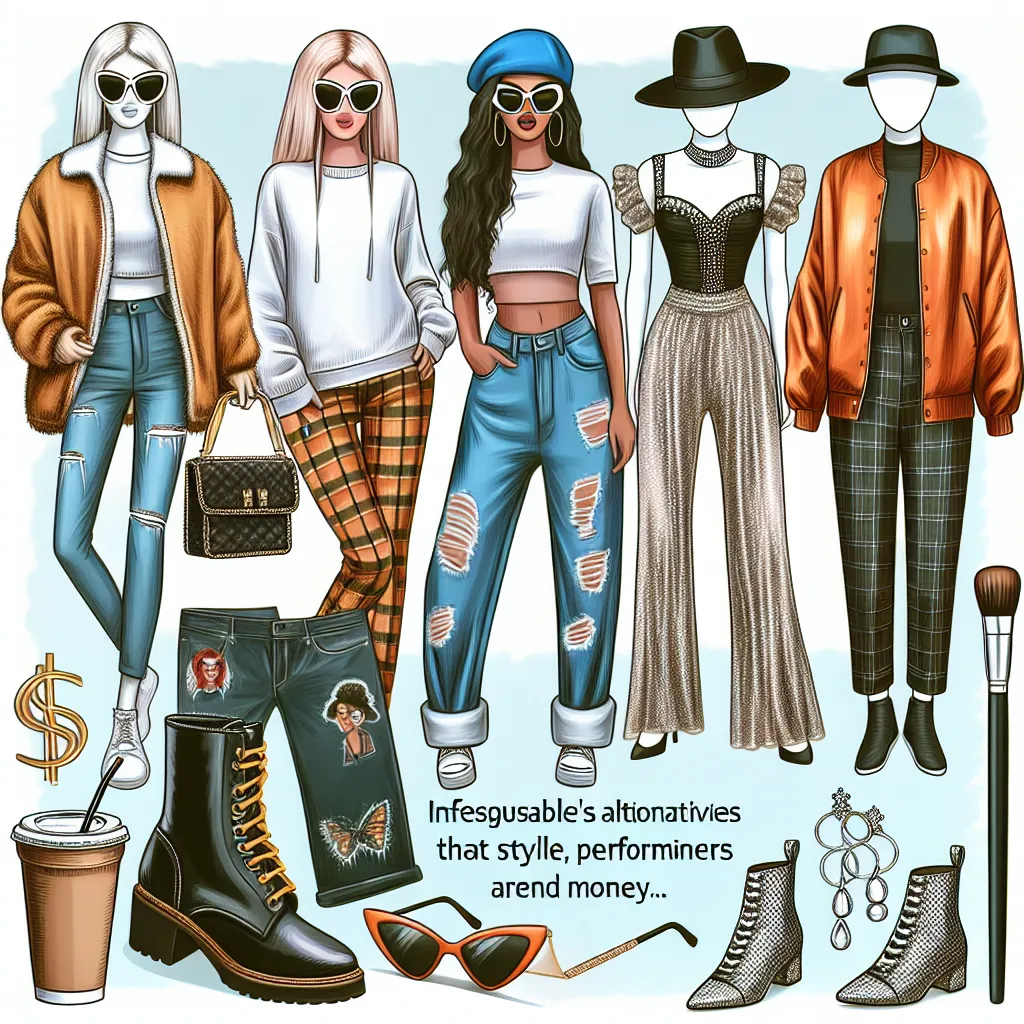The article “Top 10 Affordable Fashion Brands Loved by Celebrities” presents an insightful look into the fashion choices of celebrities and the affordable brands they endorse. It sheds light on the misconception that celebrity styles are always exorbitantly priced and offers a list of top affordable fashion brands favored by stars. With examples like Zara, H&M, and Topshop, the article demonstrates how fans can emulate celebrity styles without straining their budgets. Moreover, it emphasizes the accessibility and inclusivity of brands like ASOS and Forever 21, appealing to fashion-forward individuals. By exploring these budget-friendly options, readers can effortlessly achieve the coveted celebrity look they admire, making it a must-read for fashion enthusiasts.
Category: fashion
The fashion category encompasses a wide range of topics related to clothing, style, and trends. It delves into the latest collections from renowned designers, emerging fashion trends, and timeless wardrobe staples. From haute couture to street style, fashion articles cover everything from outfit inspiration and fashion tips to industry news and sustainability in the fashion world. Readers can explore topics such as seasonal fashion forecasts, styling guides, and in-depth features on the cultural and social impact of fashion. With a focus on celebrating individuality and creativity, the fashion category offers a diverse and dynamic space for readers to engage with the ever-evolving world of style and self-expression.
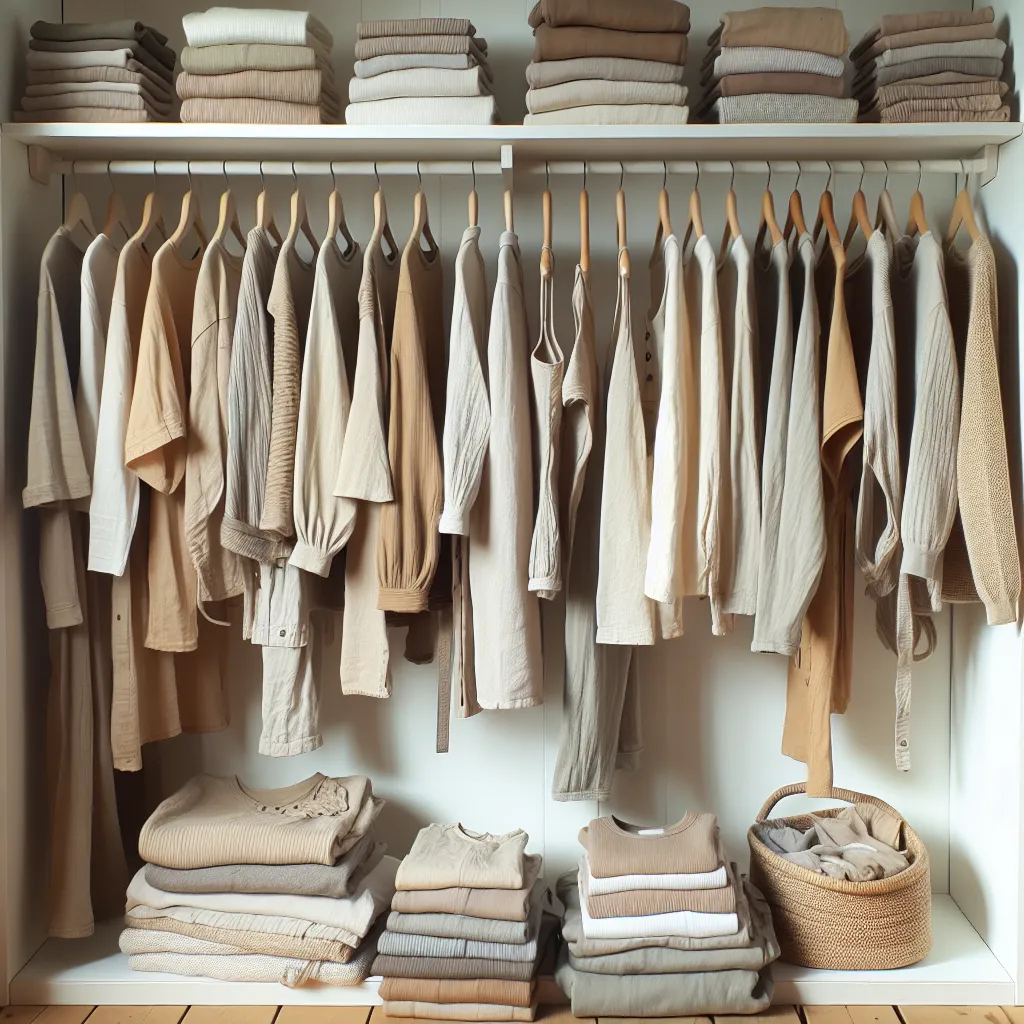
The article “7 Tips for Creating a Sustainable Wardrobe” provides essential guidelines for building an eco-friendly and ethical closet. It emphasizes timeless pieces, high-quality fabrics, and the embrace of second-hand and vintage shopping to reduce environmental impact. Additionally, the importance of supporting sustainable and ethical brands, practicing conscious consumption, and mending/upcycling clothing is highlighted. By following these tips, readers can transition towards a sustainable wardrobe while promoting eco-friendly fashion choices and contributing to a healthier planet. The piece also discusses the ethical implications of clothing production, emphasizing fair labor practices and the humane treatment of animals, thus encouraging readers to consider not only the environmental but also the social impact of their fashion choices.
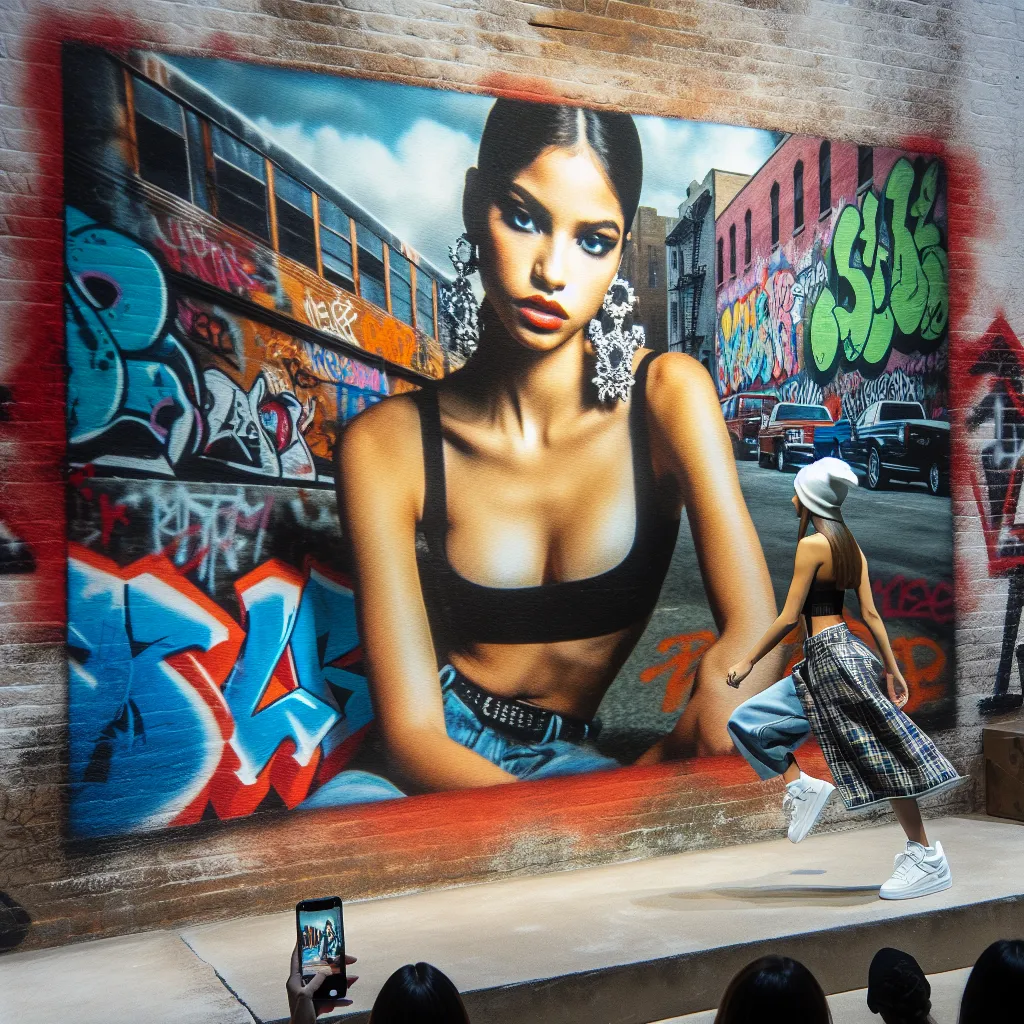
The evolution of streetwear in high fashion has significantly transformed the landscape of luxury brands, with the integration of streetwear elements reshaping traditional high-end designs. Initially emerging as a reflection of youth culture and street style in the late 20th century, streetwear has evolved to become a major influence in the high fashion industry. Luxury fashion houses have recognized the appeal of incorporating streetwear elements and have merged streetwear aesthetics with high fashion sensibilities, resulting in a new wave of innovative designs. Collaborations between streetwear labels and high-end fashion houses have further blurred the lines between the two realms, making luxury fashion more accessible and appealing to a younger, streetwear-influenced demographic. This ongoing evolution serves as a testament to the enduring impact of streetwear on the high fashion landscape, shaping the industry and appealing to a new generation of fashion enthusiasts. The influence of street culture on luxury brands is further evident in the shift towards a more casual and relaxed approach, emphasizing comfort, functionality, and self-expression, ultimately redefining the traditional notions of luxury and exclusivity in high-end fashion.
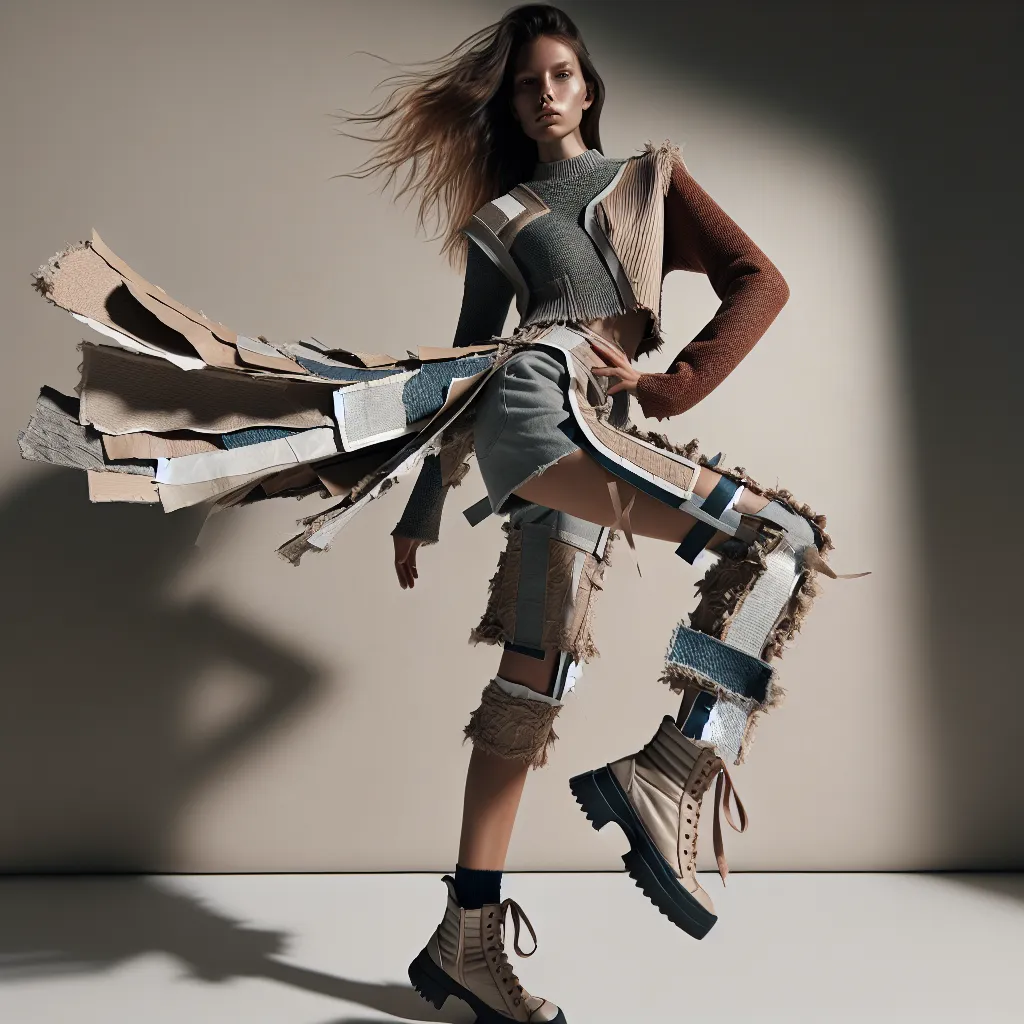
The article delves into the rich history of sustainable fashion, tracing its origins back to the early 20th century and highlighting its gradual rise to prominence in the later decades. It outlines the evolution of sustainable fashion, from the rise of eco-friendly practices in the 1970s to the current emphasis on transparency and eco-consciousness in the industry. Furthermore, the article discusses modern trends in sustainable fashion, including upcycling and the use of innovative, eco-friendly materials. Additionally, the piece explores the recent innovations in sustainable fabrics and manufacturing processes, driven by the growing awareness of environmental issues within the fashion industry. It emphasizes how these advancements are steering the industry towards a more environmentally conscious and responsible future, appealing to readers interested in staying informed about the latest developments in sustainable fashion.
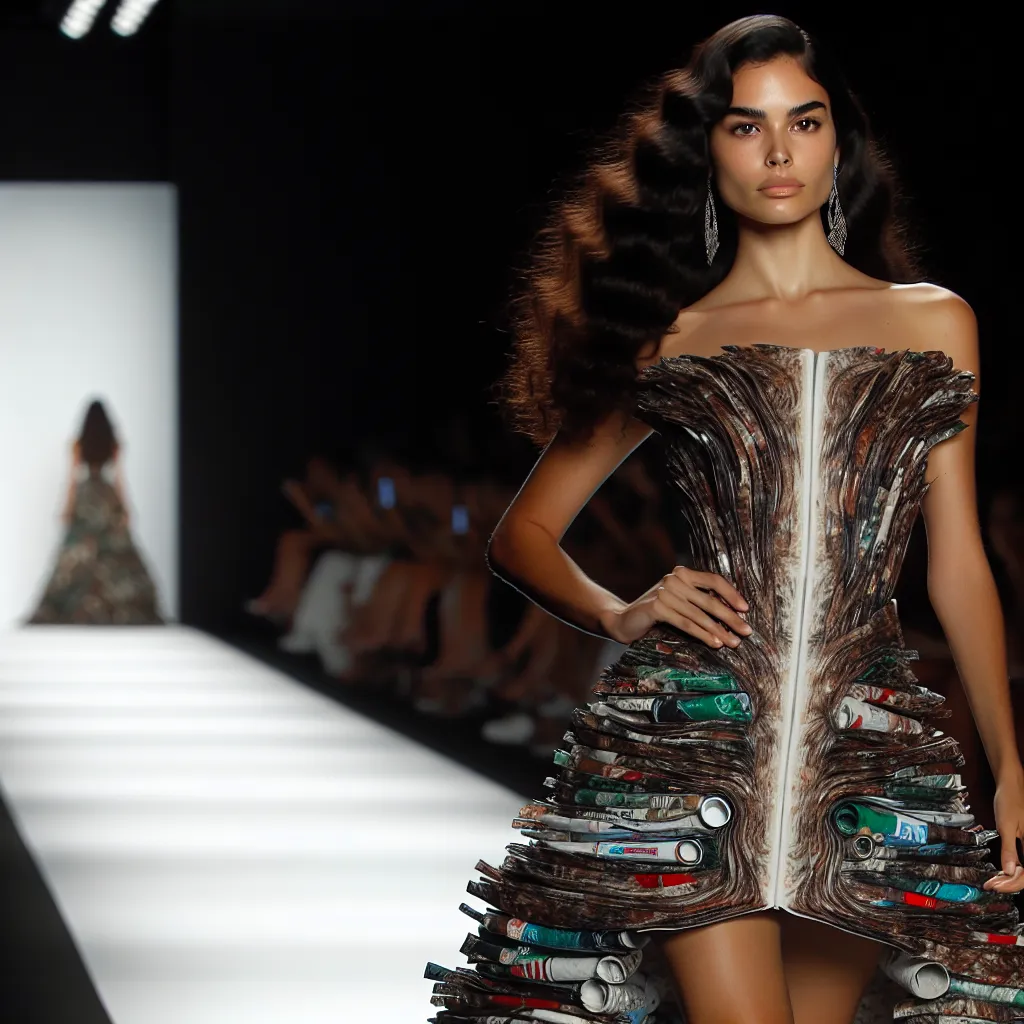
The history of sustainable fashion is a tale of evolution, from its early roots in the arts and crafts movement to its current status as a mainstream concern. Initially associated with niche, eco-friendly brands, the sustainable fashion movement has gained momentum over the years, spurred on by the growing awareness of environmental and social impacts within the fashion industry. This evolution has been marked by various milestones, such as the establishment of eco-friendly fashion labels and a growing consumer demand for ethically produced clothing. Furthermore, the industry has shifted towards sustainable materials like organic cotton, hemp, bamboo, and recycled fabrics, promoting minimal ecological impact. This shift represents a pivotal moment for fashion, driving positive change towards greater environmental responsibility and ethical stewardship, as well as meeting the increasing consumer demand for sustainable and eco-friendly options.
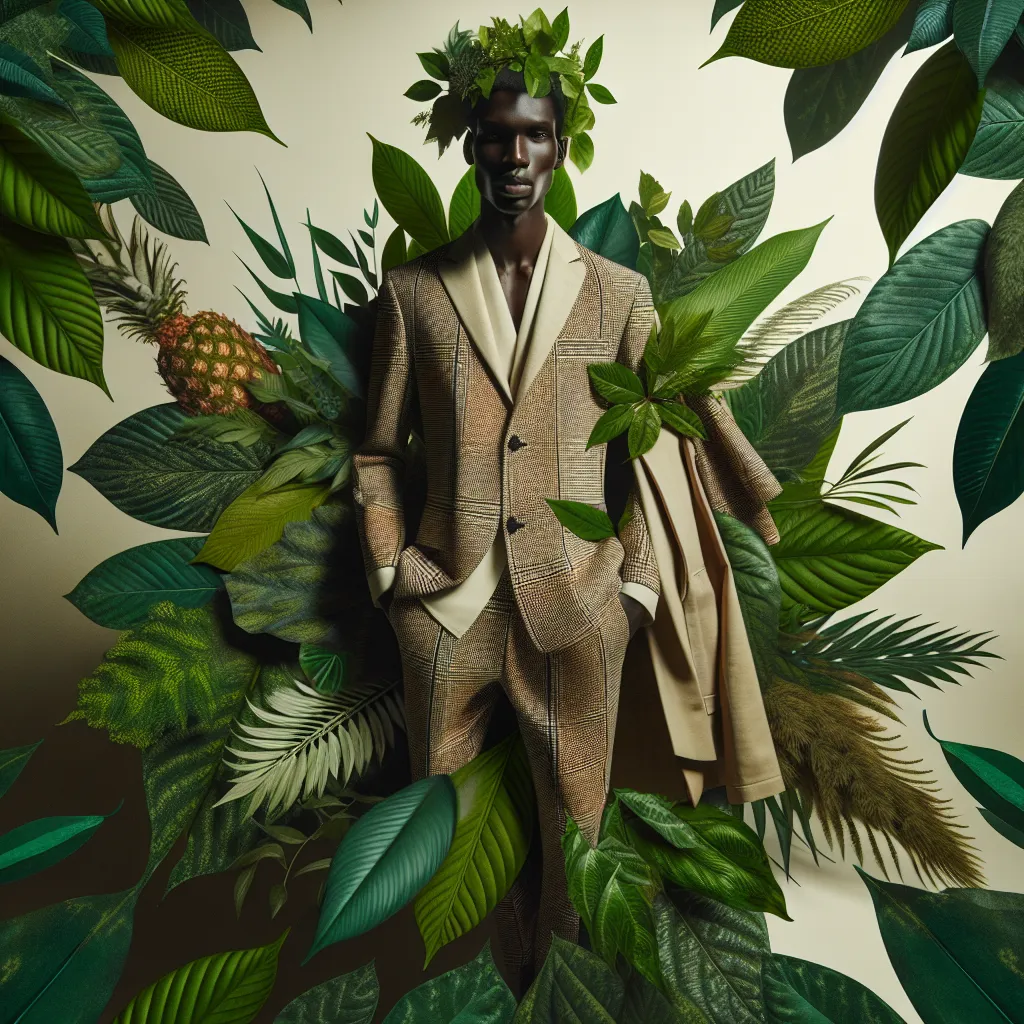
The article showcases the evolving landscape of fashion, starting with a growing movement towards ethical and sustainable clothing. It emphasizes the use of eco-friendly materials and fair trade practices as a response to increasing consumer awareness of the impact of fashion. The upcoming season emphasizes bold and vibrant colors, reflecting joy and optimism in designs. Furthermore, the rise of athleisure wear embodies comfortable elegance and versatility, blurring the lines between formal and informal attire, catering to the modern consumer’s active lifestyle. Lastly, the article highlights the revolutionary shift towards digital fashion shows, combining creativity and technology to provide innovative and immersive experiences. With sustainability, vibrant colors, athleisure wear, and digital shows at the forefront, the article delves into compelling trends that are shaping the fashion industry, making it a must-read for those interested in the latest developments.

In the comprehensive guide for influencers, the article emphasizes the importance of understanding fashion styles to create unique and engaging looks for their audience. It covers various fashion categories such as casual wear, formal wear, streetwear, and high fashion, providing insights into their characteristics and how influencers can incorporate them into their content. The subsequent section offers fashion tips for social media influencers, focusing on the art of mixing and matching different styles to elevate their content. It explores the concepts of embracing contrasts, playing with textures and patterns, balancing proportions, and mastering color coordination to create visually appealing and cohesive outfits. By delving into the intricacies of fashion styles and providing practical advice, the article aims to equip influencers with the knowledge and creativity to captivate their audience and solidify their position as tastemakers in the ever-evolving world of fashion.
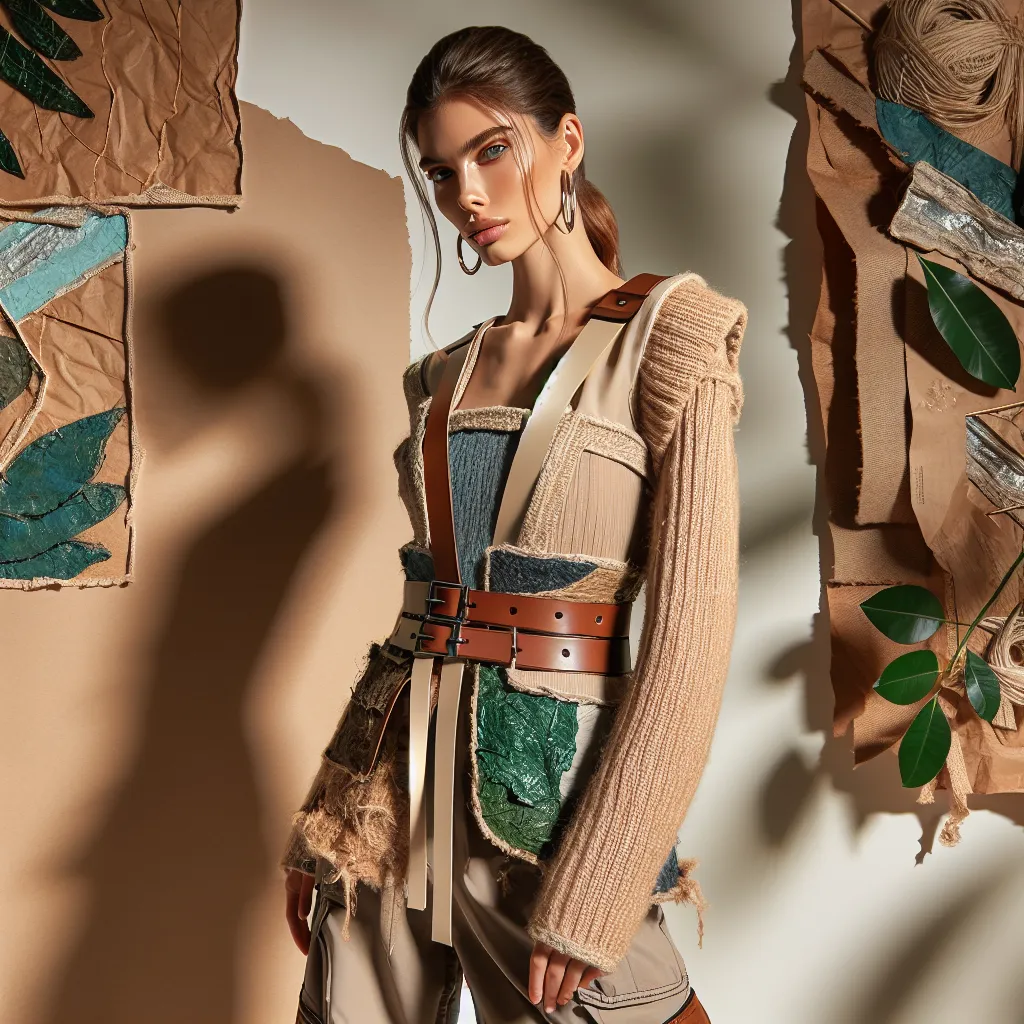
The fashion industry has witnessed a notable shift towards sustainability, with a growing emphasis on eco-friendly fabrics. This trend stems from a heightened awareness of the environmental impact of traditional materials and a desire for more sustainable alternatives. Fabrics derived from renewable sources, such as organic cotton and Tencel, are gaining popularity due to their eco-friendly production processes. Additionally, recycled textiles from post-consumer waste, like plastic bottles and fishing nets, are offering innovative solutions to reduce environmental impact and promote a circular economy approach within the fashion sector. This shift reflects consumer demand for sustainable products, prompting fashion brands to integrate eco-friendly materials into their collections and driving meaningful change within the industry. Embracing these materials can contribute to reducing the ecological footprint of the apparel sector and meeting the evolving preferences of conscious consumers. The rise of eco-friendly fabrics signifies a positive step towards a more sustainable and environmentally responsible approach to clothing production, inspiring innovation in textile production methods.

The 2022 trend forecast for essential handbag styles promises a variety of must-have designs, from classic tote bags to mini shoulder bags and wristlet pouches. Whether one seeks timeless classics or craves the latest trends, there is something for everyone to stay ahead of the fashion curve. In addition, the article spotlights the prominence of bold and eye-catching statement jewelry pieces, emphasizing their role in elevating any outfit and adding a pop of personality. It discusses the resurgence of vibrant colors, unconventional shapes, and the versatility of statement jewelry in transitioning seamlessly from day to night looks, appealing to fashion enthusiasts eager to anticipate the upcoming season’s trends.
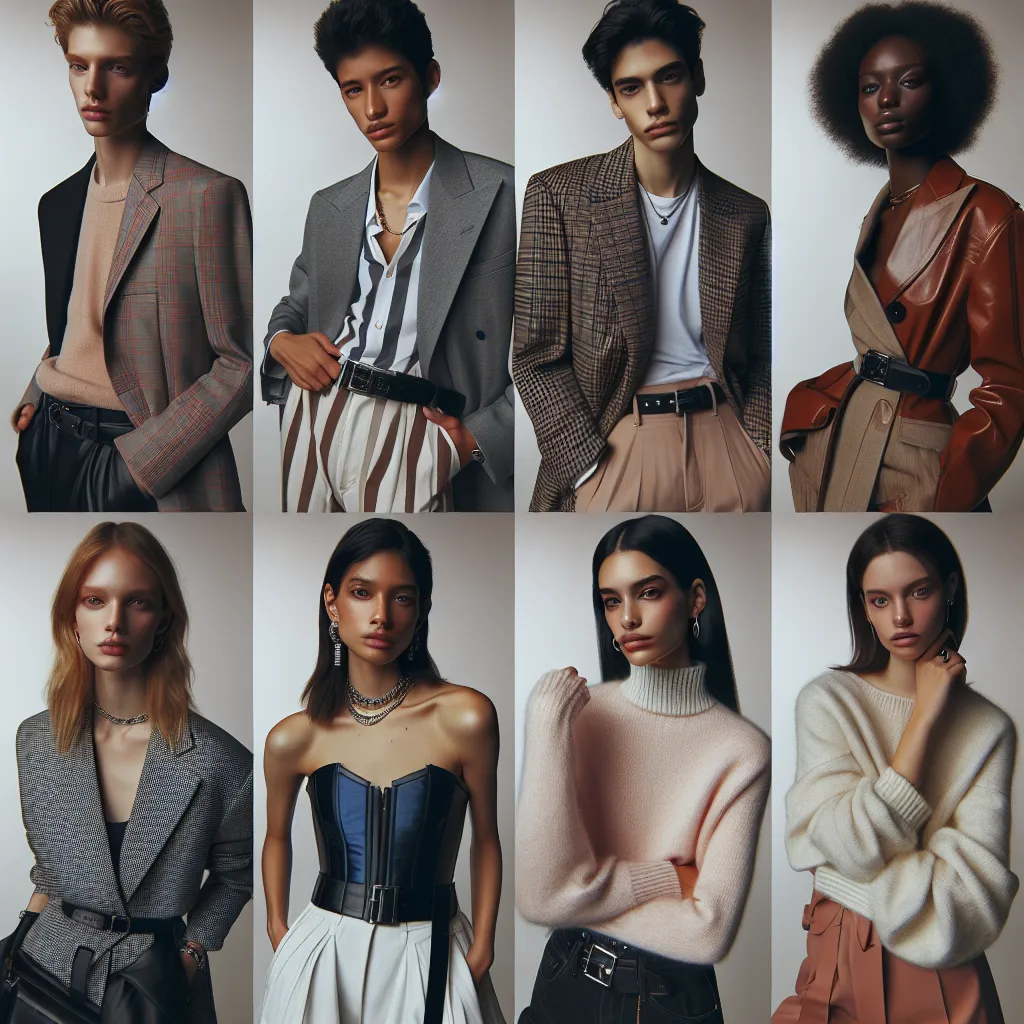
The article provides an insightful overview of the hottest colors for fall fashion, highlighting a rich and diverse color palette for the season. From deep emerald greens and fiery reds to soft camel and warm caramel shades, there are options for every style preference. The piece emphasizes how these colors can be incorporated into various outfits, from statement coats to accessories to elevate fall wardrobes. The author also emphasizes the versatility of these trending colors for both formal and casual wear, serving as a guide for staying on-trend and fashion-forward in the upcoming season.

